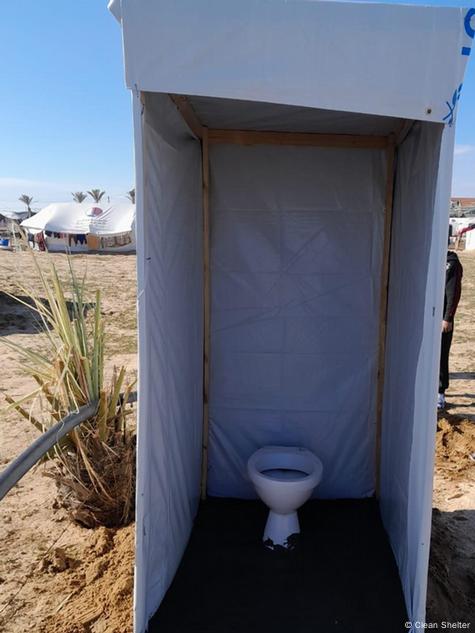Variance of doctors across the US: Is a prescription for better provision needed?
ByDr. Tim Sandle
DIGITAL JOURNAL
March 18, 2024

Patient being positioned for MR study of the head and abdomen. Image by Ptrump16. CC BY-SA 4.0,
In the U.S., one of the forthcoming themed days is National Doctors’ Day, an event prescribed on March 30. This comes at a time when some parts of the U.S. are better served, and others underserved when it comes to healthcare and medical provision. Generally, the U.S. is experiencing a physician shortage, a situation that could lead to poorer health outcomes for many patients.
One reason for this could be with attracting medics to an area, with a family physician’s salary ranging from around $130,000 to $310,000.
Looking into the state of healthcare provision, the personal-finance website WalletHub has released a report on 2024’s Best & Worst States for Doctors. This is designed to help pinpoint where doctors can find the most financial success and the best quality employment.
To identify the best states for doctors (and for patients who want the best care), WalletHub compared the 50 states and the District of Columbia across 19 key metrics. The data set ranges from the average annual wage of physicians to the number of hospitals per capita to the quality of the public hospital system.
The outcome of this review produced the following ranking for the optimal places to seek medical employment in:
1. Montana
2. South Dakota
3. Nebraska
4. Utah
5. Indiana
6. Minnesota
7. Wisconsin
8. Idaho
9. Iowa
10. Louisiana
Conversely, the states with the worst standings were identified as:
42. Alaska
43. Illinois
44. Oregon
45. District of Columbia
46. New Mexico
47. New York
48. Massachusetts
49. New Jersey
50. Rhode Island
51. Hawaii
Between the upper and lower echelons, there are some interesting variances. For example, Louisiana has the highest average annual wage for surgeons (adjusted for cost of living), which is 3.1 times higher than in District of Columbia, the lowest.
Another important factor is with the provision of medical personnel. Here, North Dakota has the lowest number of physicians per 1,000 residents, which is 5.3 times lower than in the better served District of Columbia, which is the highest. Given that elderly people are more likely to draw upon medical facilities, perhaps the proportion of elderly residents in a state is more important when it comes to medical provision. With this regard, Florida has the highest projected share of the population aged 65 and older by 2030, which is two times higher than in Utah, the lowest.
Yet how good are medical personnel? Malpractice cases is one potential measure. Nebraska has the lowest annual malpractice liability insurance rate, which is 8.1 times lower than in New York, the highest.
These types of findings indicate that statistics are not always straightforward and delving deeper into data can reveal more meaningful trends.
March 18, 2024

Patient being positioned for MR study of the head and abdomen. Image by Ptrump16. CC BY-SA 4.0,
In the U.S., one of the forthcoming themed days is National Doctors’ Day, an event prescribed on March 30. This comes at a time when some parts of the U.S. are better served, and others underserved when it comes to healthcare and medical provision. Generally, the U.S. is experiencing a physician shortage, a situation that could lead to poorer health outcomes for many patients.
One reason for this could be with attracting medics to an area, with a family physician’s salary ranging from around $130,000 to $310,000.
Looking into the state of healthcare provision, the personal-finance website WalletHub has released a report on 2024’s Best & Worst States for Doctors. This is designed to help pinpoint where doctors can find the most financial success and the best quality employment.
To identify the best states for doctors (and for patients who want the best care), WalletHub compared the 50 states and the District of Columbia across 19 key metrics. The data set ranges from the average annual wage of physicians to the number of hospitals per capita to the quality of the public hospital system.
The outcome of this review produced the following ranking for the optimal places to seek medical employment in:
1. Montana
2. South Dakota
3. Nebraska
4. Utah
5. Indiana
6. Minnesota
7. Wisconsin
8. Idaho
9. Iowa
10. Louisiana
Conversely, the states with the worst standings were identified as:
42. Alaska
43. Illinois
44. Oregon
45. District of Columbia
46. New Mexico
47. New York
48. Massachusetts
49. New Jersey
50. Rhode Island
51. Hawaii
Between the upper and lower echelons, there are some interesting variances. For example, Louisiana has the highest average annual wage for surgeons (adjusted for cost of living), which is 3.1 times higher than in District of Columbia, the lowest.
Another important factor is with the provision of medical personnel. Here, North Dakota has the lowest number of physicians per 1,000 residents, which is 5.3 times lower than in the better served District of Columbia, which is the highest. Given that elderly people are more likely to draw upon medical facilities, perhaps the proportion of elderly residents in a state is more important when it comes to medical provision. With this regard, Florida has the highest projected share of the population aged 65 and older by 2030, which is two times higher than in Utah, the lowest.
Yet how good are medical personnel? Malpractice cases is one potential measure. Nebraska has the lowest annual malpractice liability insurance rate, which is 8.1 times lower than in New York, the highest.
These types of findings indicate that statistics are not always straightforward and delving deeper into data can reveal more meaningful trends.
.jpg)




















